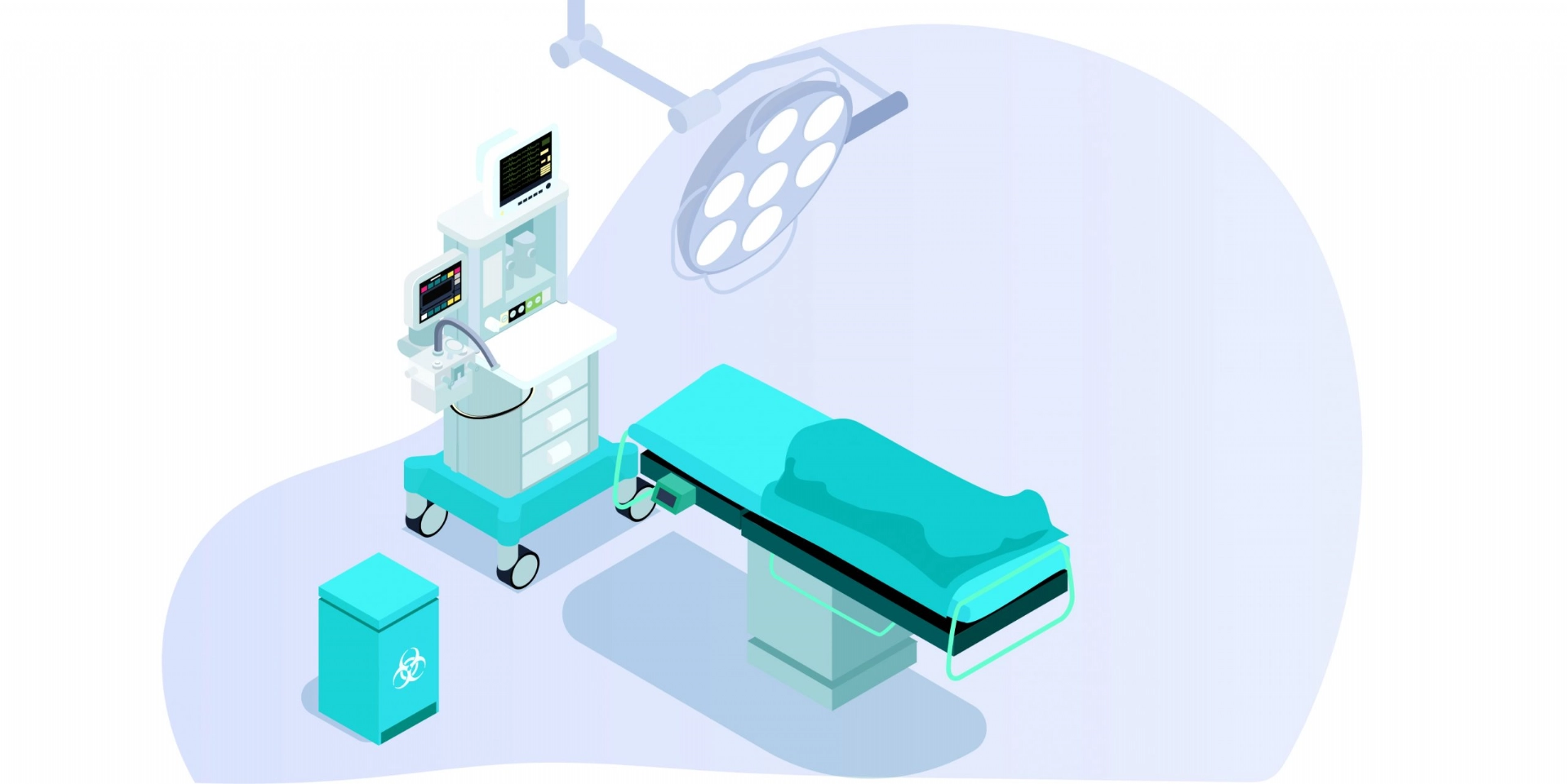
Laparoscopy
Examination and ultrasonography of the lower abdomen (pelvis) of the woman provide us with important information about the causes of infertility and gynecological diseases, but not all these problems can be detected only by examination and ultrasonography. In this case, endoscopic methods such as laparoscopy and hysteroscopy can allow a direct view of the pelvic organs and allow diagnosis. Both procedures have been part of infertility reviews. They can only be used as a diagnostic tool, or they can also be used for operative treatment.
Laparoscopy is the process of examining the abdominal cavity and uterus, fallopian tubes, ovaries and other pelvic organs with the help of optical instruments transmitted from the navel pit to the abdomen under general anesthesia and special instruments transmitted to the abdomen through a small or more holes opened to the abdominal wall. As can be seen from its description, it allows you to diagnose events in the abdomen by seeing them. After the abdominal cavity is sufficiently inflated with CO2 gas supplied from the navel, a 10 mm diameter pipe (trocar) is placed from the navel into the abdomen. An optical instrument called a laparoscope and connected to a camera – monitor system is inserted into the abdomen from here. In this way, all organs in the abdominal cavity can be viewed. The passage of a blue liquid from the cervix through the open fallopian tubes can be monitored. According to the procedure, other trocars with a diameter of 5 mm can be placed in the appropriate areas of the abdominal wall, which allow surgical instruments to be inserted into the abdomen. Thanks to specially designed instruments, surgery can be performed.
Laparoscopy is usually applied immediately at the end of menstruation, so hysteroscopy can also be performed at the same time if necessary. It is also protected from the risk of unexpected pregnancy.
Laparoscopy can be used for diagnostic purposes (Diagnostic Laparoscopy) or for treatment purposes (Operative Laparoscopy).
1-Diagnostic Laparoscopy: It is done to assess whether the tubes are open during infertility treatment or to investigate the presence of suspicious intra-abdominal problems.
2-Operative Laparoscopy: Today, there is a wide range of uses, and almost all gynecological and oncological surgeries can be performed by laparoscopy, i.e. using closed surgical techniques. Most commonly, many gynecological problems such as endometriosis and endometrioma (chocolate cysts), uterine myomas , ovarian cysts, intra-abdominal adhesions and ectopic pregnancy are treated with operative laparoscopy.
